When it comes to industrial properties, the condition of the land plays a crucial role in the long-term usability and efficiency of the space. Often overlooked, yard maintenance and vegetation clearance significantly impactimpacts the functional value of an industry. Even the most well-maintained structures can lose their appeal if the yard or surrounding land is neglected.
The Economics of Industrial Yard Maintenance
Industrial yard maintenance isn’t just a task—it’s a key investment for landowners. Proper upkeep not only ensures safety and functionality but also makes the space more attractive to future tenants or buyers. Routine yard maintenance, such as weed and vegetation management, enhances accessibility, reduces operational hazards, and prevents future costly restoration projects.
Neglecting issues like weed control, drainage problems, or invasive species can decrease property values by 30–50%. A well-maintained industrial yard demonstrates the landowner’s commitment to care, encouraging potential tenants to see the space as a productive, ready-to-use facility.
Weed and Vegetation Control
While weeds may seem like a small concern, their impact on an industrial yard is significant. Weeds mar the aesthetic quality of a site and can reduce functionality by blocking pathways, impeding equipment operation, and creating hidden tripping hazards. Weeds compete for valuable resources like water and nutrients, which can harm landscaping or create drainage issues.
For industrial landowners, controlling weeds and invasive vegetation ensures the property stays efficient and safe to operate in. A weed-free industrial yard signals that the space is well-maintained and ready for use, boosting both its value and appeal.
Soil Health and Compaction
Industrial yards often experience heavy traffic from equipment, machinery, and storage units. Over time, soil compaction can occur, reducing its ability to drain and support vegetation. Compacted soil can also become prone to erosion, making the yard less functional and more difficult to maintain.
To keep an industrial yard operating smoothly, soil maintenance is essential. Proper soil care includes aeration, adding organic material, and addressing any drainage issues that might arise. Maintaining healthy soil reduces erosion risks, supports landscaping improvements, and enhances drainage efficiency.
Drainage Systems
While effective drainage isn’t a glamorous part of industrial yard maintenance, it’s one of the most important. Yard drainage systems must be in place to handle water runoff, especially in areas with heavy rainfall or prone to flooding. Without proper drainage, industrial yards can become flooded, undermining safety and creating long-term damage to the yard’s structure.
Well-maintained drainage systems ensure that industrial yards remain functional year-round, protect the surrounding environment from runoff issues, and prevent water from causing significant structural damage. A yard with good drainage offers peace of mind to workers and managers while making it a more desirable site for tenants or potential buyers.
Safety and Operational Efficiency
Industrial yards often face the challenge of managing heavy equipment, storage areas, and high-foot traffic zones. Proper maintenance of the yard ensures a safe, efficient working environment, minimizing the risk of accidents and operational delays.
By maintaining clear pathways, eliminating debris, controlling weeds, and ensuring proper drainage, industrial yard owners can prevent hazards such as tripping, equipment malfunction, or even costly equipment damage due to overgrowth or unstable ground conditions. Well-maintained yards are safer for employees and visitors. It enhances operational efficiency, allowing for smooth daily operations and uninterrupted work schedules.
Transform your land into a valuable asset! Partner with A&G Weed Control for tailored weed and land management solutions that boost both aesthetics and marketability. Contact us today to learn more about us.

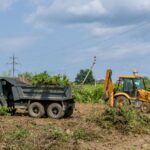
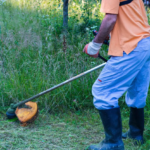
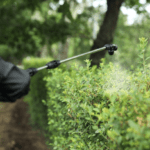
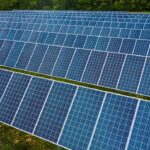
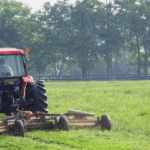
0 Comments